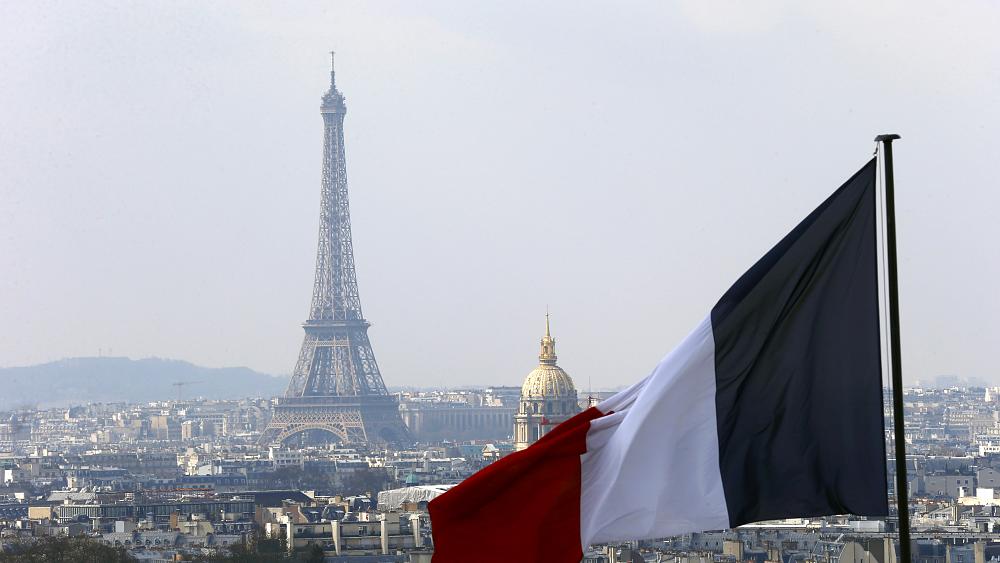
Paris and Zurich have joined Hong Kong to become the costliest cities in the world as the COVID-19 pandemic has impacted the prices of everyday items.
The French capital and Swiss city leapfrogged over Singapore and Osaka to claim a joint first place with Hong Kong in the latest Cost of Living Index from The Economist Intelligence Unit (EIU).
The index compared the prices of 138 goods and services from some 130 cities in September 2020 and found that prices on average grew 0.3 per cent over the past year.
But regions were impacted differently.
Overall, cities in the Americas, Africa and Eastern Europe have become less expensive while those in Western Europe have become costlier. This is partly explained to the rise of European currencies against the US dollar.
Geneva (7) and Copenhagen (9) are the two other European cities featuring in the top 10 with Singapore, Tel Aviv, Osaka, New York and Los Angeles completing it.
Singapore and Japan’s Osaka, which last year occupied with top spot with Hong Kong, have become less expensive because of an exodus of foreign workers which has led to a decline in demand and thus prices. In Japan, the government has also subsidised costs such as public transport.
The index found that prices were impacted by five main trends: currency fluctuations, supply chain problems such as shortages of certain goods including pasta and toilet roll, action taken by governments such as price controls, consumers’ more precautionary approach over fears their income could be hit, and changes in lifestyle.
The report notes that what consumers now see as essential has shifted and that price-conscious ones have opted for cheaper alternatives, increasing competition for less-expensive goods.
However, prices of premium products have been relatively unaffected as high-earners, although less likely to shop as often, have not changed their habits much.
Prices of consumer staples have remained stable overall, but prices of alcohol and tobacco have risen with the latter reporting the highest-year-on-year increase for any non-durable goods.
Other than tobacco, prices of recreational items and services — books, consumer electronics — have seen the steepest average increase.
Clothing was the only category to see an average fall in the index, owing to low demand as most non-essential shops were closed for several weeks during lockdowns.
Tehran, Perth and Guangzhou were the biggest climbers in the index compared to last year but remain at the 79th and a joint 62nd place respectively.
In the case of the Iranian capital, which jumped 27 places year-on-year, prices were impacted by US sanctions which have impacted by the supply of goods.
The Icelandic capital, Reykjavik, Sao Paulo and Rio de Janeiro were the cities to have fallen down the ranking the most. Latin America has been hit hard by currency weakness and rising poverty levels.
The city’s with the lowest cost of living are Syria’s Damascus, Uzbekistan’s Tashkent, Zambia’s Lusaka and the Venezuelan capital, Caracas.
The EIU expects price trends to remain similar in 2021 as the global economy is unlikely to return to pre-pandemic levels until 2022.
Views: 0
 RSS Feed
RSS Feed















 November 19th, 2020
November 19th, 2020  Awake Goy
Awake Goy  Posted in
Posted in  Tags:
Tags: 
















